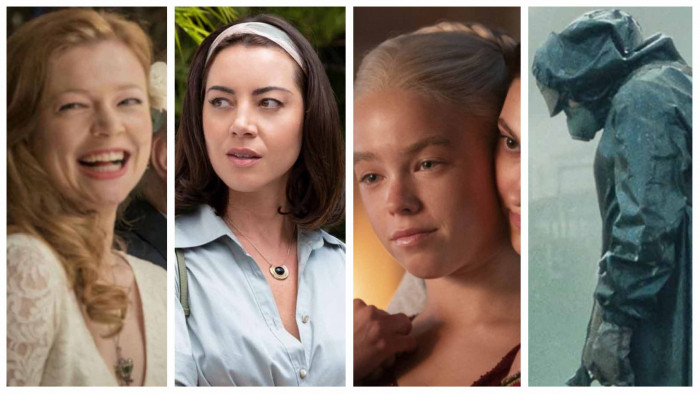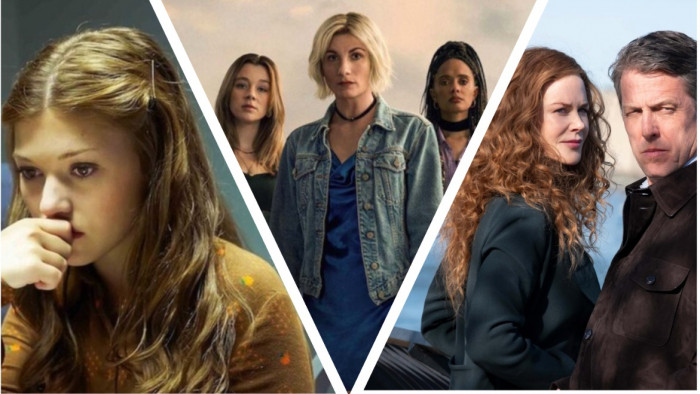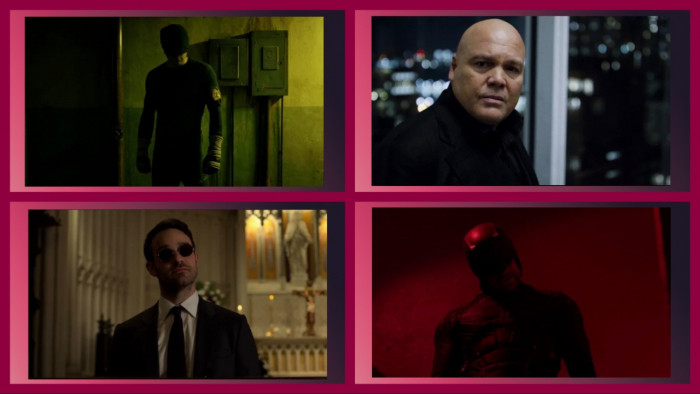10 facts you need to know about 'Blue Planet II'
Even David Attenborough learned things while filming the series


Sunday evenings are no longer reserved for feelings of existential dread and The Fear - because those two mainstays have to make room for some top class Attenborough gold.
Yes, Blue Planet II is finally here, and we can confirm that - yes - it is absolutely brilliant.
Last night gave us the first instalment, ‘One Ocean’, which included the heartbreaking story of walruses struggling to survive because of global warming, a transgender fish, and the giant trevally - a fish that literally plucked birds out of the sky and gobbled them down whole.
Want to know more about the show that what you’re treated to each Sunday? Well, here are a bunch of hopefully interesting facts to get you going.
1.The series will have seven episodes

We’ll be treated to one episode every Sunday for the next seven weeks. The episodes are split up by habitat, and the titles are as follows:
- ’One Ocean’
- ’The Deep’
- ’Coral Reefs’
- ’Big Blue’
- Green Seas’
- ’Coasts’
- ’Our Blue Planet’
The deep sea episodes are always particularly fascinating, so make sure you’re on the sofa by 8pm sharp this Sunday, though to be honest, each one is going to be totally unmissable.
2.Crew members had three weddings and five babies in the time it took to film

Filming involved “125 shoots, 6,000 hours filming underwater and 1,000 hours filming in submersibles”, production manager Katie Hall revealed. In that time amongst crew members there were three weddings, five babies, two further pregnancies and four houses bought. Busy in more ways than one.
3.There's some stuff in the series even David Attenborough didn't know

It might seem crazy, but believe it or not, there are some things in the world even Sir David Attenborough doesn’t know. Indeed, there are a number of facts and behavious in this series that Sir David learned about on the show itself.
“When we first showed him some clips, he was like, ‘Oh I didn’t know this’ and ‘I didn’t know that’,” said executive producer James Honeyborne.
“Genuinely he was surprised. It’s always good if you can surprise David, it doesn’t happen often.”
4.Brand new technology was created especially for the series

The crew developed something called the megadome, which is the piece of equipment that gives us those incredible shots where half is underwater, and the other half is above the sea. They also developed a tow-cam which is dragged alone behind fast-moving boats and can be used to film dolphins gliding over the waves.
5.The impact of humans on the seas will be a big part of the series

“You can’t go out there and make a series like this without seeing some really big issues unfolding in front of you,” says James Honeyborne.
“You can go to the middle of the ocean and find plastics from many different continents coming together. The impact that has on the wildlife can be devastating.”
In the first episode, we saw the struggles of walruses and their pups trying to find slabs of ice big enough to rest on - expect more such tales as the series continues.
6.It wasn't originally going to be called 'Blue Planet II'

The show was originally titled Oceans, and there was never any intention for Blue Planet II to follow the year after Planet Earth II was such a massive success - it was just a stroke of luck that it’s worked out that way.
7.Some of the shots were filmed in labs

For example, some shots from the ‘Coasts’ episode in rock pools were actually filmed in a controlled lab environment. There is very good reason for this, however. As Honeyborne explains: “Filming in the wild would have been too disruptive for the wildlife.
“It would have been impossible to film close-ups of this magical world, so we worked with scientists to accurately recreate a rock pool in the controlled conditions of the lab.”
8.There's a podcast to go with the series

It’ll be available on all your usual podcast apps, and the perfect way to start your dreary Monday morning commute to keep yourself on a high from the episode the night before.
9.Dolphins surf on waves for the same reasons we go to the pub

As Attenborough explains, they do it “to strengthen friendships, develop social skills, and for the sheer exhilaration of it”, yep that sounds familiar.
10.The BBC have another big nature series planned for 2018

Perhaps the most exciting news of all - Blue Planet II will not be the last of the big BBC nature documentaries for a while.
“We have a big landmark series for next year which is very different to Blue Planet II,” says Tom McDonald, head of commissioning at the BBC’s Natural History and Specialist Factual unit.
“It’s been announced already, it’s called Dynasty, not to be confused with Carringtons and Colbys, so who knows if it will stay that title.
“But the premise of each film is we take one animal family and follow them for a number of years to see the ups and downs of their family lines.
“I’m already viewing episodes of it, and it’s incredibly visceral. It feels so different to this.”
Is it too early to get excited? I don’t care, I am anyway.


















